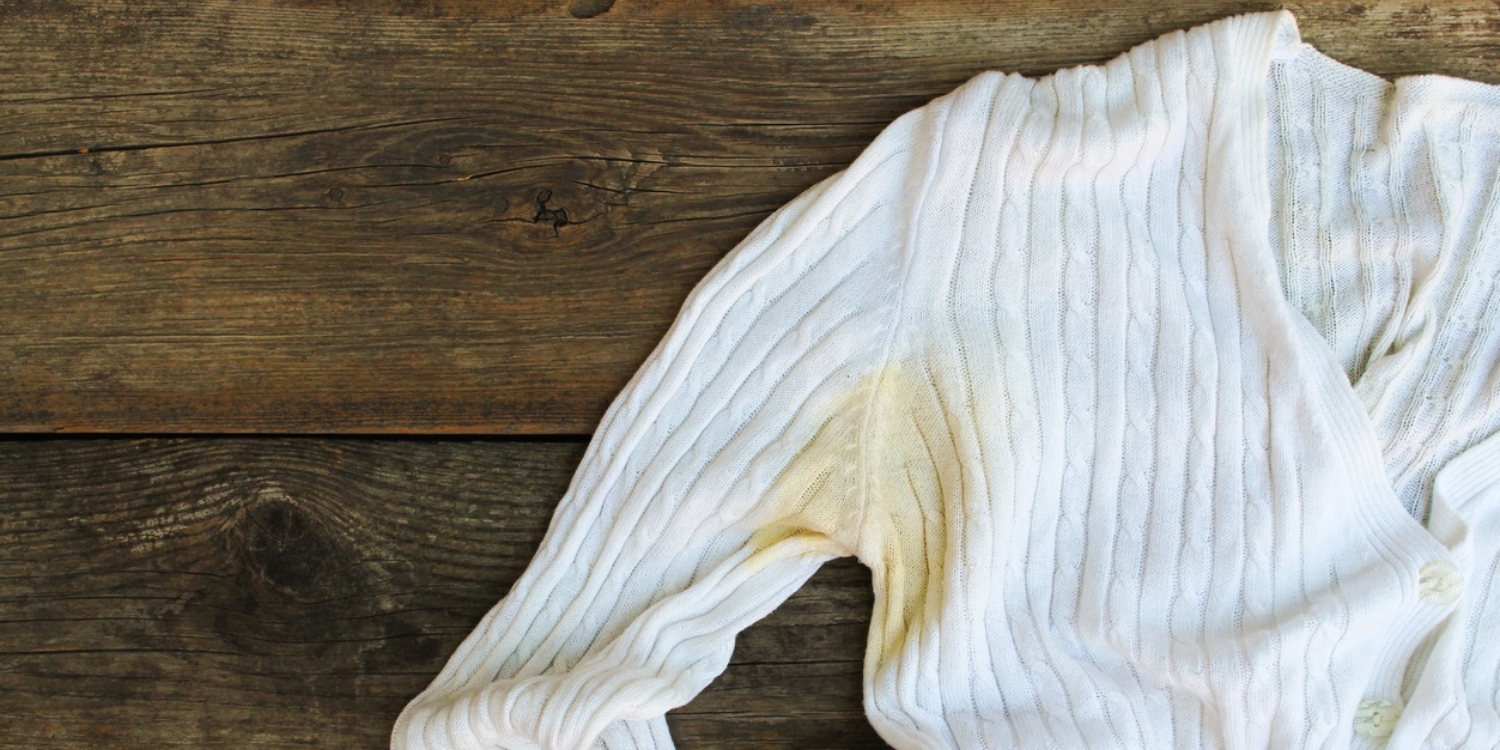The use of deodorant or antiperspirant to combat underarm sweat and odor often leads to two common issues stemming from each choice. First, applying deodorant while in a rush may lead to white marks on a favorite dark blouse. Second, a preferred white T-shirt may end up with yellow stains on the armpits. Apparently, both issues arise from the composition of deodorant and antiperspirant.
Removing Deodorant Stains With Ease

There are solutions to eliminate both white marks and yellow stains. Deodorants and antiperspirants with a creamy texture provide a smooth sensation on the skin. Nonetheless, their oily, paste-like consistency tends to remain on the skin’s surface rather than being absorbed. This makes them prone to transferring onto clothes, especially when friction is involved. Moreover, the aluminum salts in antiperspirants can leave a chalky white residue on the skin, which then adheres to clothing.
An unconventional yet effective approach is scrunching up a pair of dry pantyhose and using them to gently rub the stains in circular motions. The slightly abrasive nylon texture dislodges the deodorant residue trapped within the fabric’s fibers, effectively removing it within seconds. Makeup-remover wipes can also do the trick. A few wipes can dissolve the oils and compounds present in deodorants and antiperspirants. Rubbing the wipe on the stain can instantly eliminate it.
Pantry Staples Are Effective

Dampening a plain white washcloth with hot water and gently dabbing the white streaks can work as well. The heat helps evaporate the residue, lifting the stain away. The white washcloth prevents any potential color transfer from the cloth to the clothes.
While commonly referred to as sweat stains, the yellow marks left under the arm area of shirts are actually the result of aluminum compounds and chemicals in antiperspirants interacting with proteins and salts in perspiration. Over time, these compounds build up and lead to the formation of yellow stains.

A surprisingly potent remedy for sweat stains caused by antiperspirants can be found in any kitchen cabinet – an unseasoned meat tenderizer. The enzymes in the tenderizer break down the accumulated proteins in sweat stains, allowing them to be rinsed away. To use, wet the stained area with cold water and apply enough tenderizer to cover the stain. Let it sit for at least 30 minutes before washing as usual.
Alternatively, when meat tenderizer is not available, aspirin can also work. Dissolve 3 to 5 aspirin tablets in ½ cup of water, pour the mixture over the stains, and let it sit overnight before washing in cold water. Aspirin’s acetylsalicylic acid acts as a natural, safe bleach that lightens discoloration.